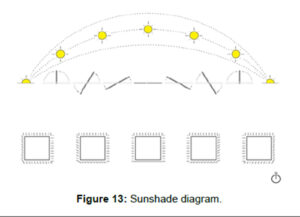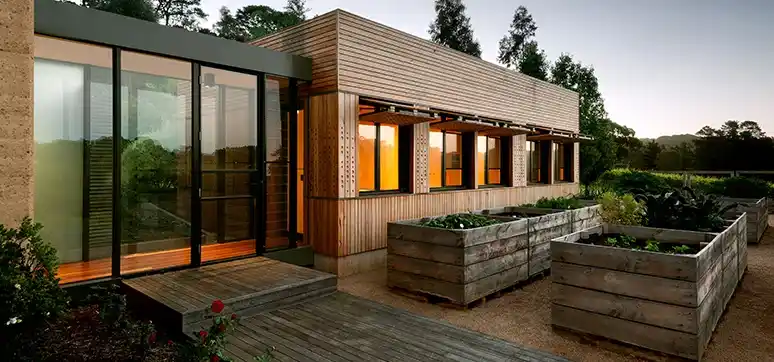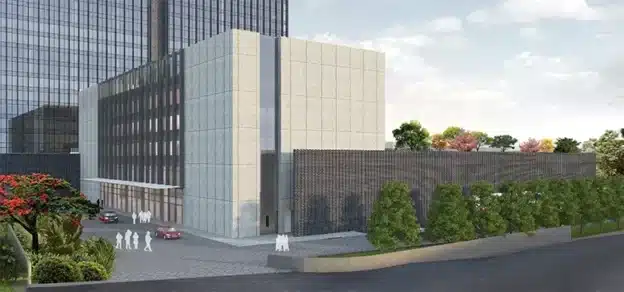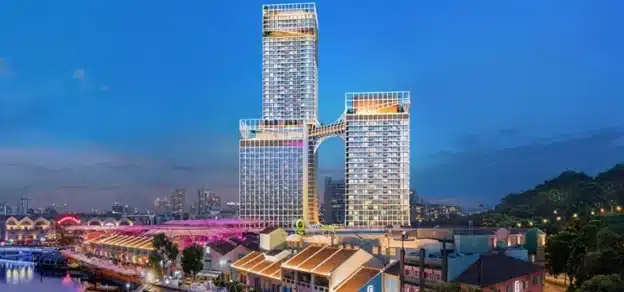The environmental factors that affect the performance of a building are all dynamic and our buildings must adapt to these constantly changing climatic conditions in a sustainable way. One of the means to make our buildings adapt to dynamic climatic conditions and human needs would be to consider ‘Dynamic’ or ‘Kinetic’ façades. The concept of kinetic façade consists of devices mostly that move and change their forms by either internal computer control, sensory trigger or change due to climatic change conditions. (Ibrahim & Alibaba, 2019)

For most of architectural history, the focus was on creating façades through an interesting use of materials and ornamentation. These façades were primarily static but would appear to change through the day with the movement of the sun. Over time these façades would change naturally as the materials aged with exposure to the climatic elements of wind, water, and the sun. With advances in building construction technology, the availability of newer materials and the evolution of contemporary architectural styles, the approach to architectural facades has significantly transformed. Although environmental factors have always existed, climatic changes are now being much more evident due to global warming.
A substantial share of the energy consumption in buildings can be attributed to the air conditioning in this region. Cooling buildings during summer is a major environmental problem in many Middle Eastern countries, especially since electricity is largely dependent on fossil fuels. The building facade is critical to shield against harsh climatic conditions, thus the advancement of this system will help transform the traditional role of the facade as a filter to a more active role, which includes in some cases the integration of photovoltaic cells, generate energy rather than just save energy.

Figure 1 (Alotaibi, 2015) demonstrates the movement of the sun and the response of a kinetic shading system that helps reduce the solar heat gain inside a building. Modular construction and prefabrication are now being used in a big way to cater to the vast demand in the hospitality sector, however, most of the currently available prefabricated ‘POD’ solutions show little or no response to providing an appropriate shading solution in their design.
Imagine the benefits of a kinetic façade on a prefabricated/modular hotel or accommodation pod:

- Economical & Ecological Sustainability: The cooling costs in projects could be lowered when the solar heat gain is curtailed with a well-shaded design, which would, in turn, reduce the operating costs and increase the return on investments of projects.
- Occupant Comfort Control: The kinetic façade could also have a manual override providing control to the occupants of the building to orient the shades as per their convenience to the views they wish to enjoy.
- Commercial Opportunity: Post COVID-19 there has been a growing demand for “Workation” which opens up a lot of opportunities for the hospitality sector to offer their customers a great option to work in beautiful locations all throughout the year, however, this would be more effective if the hotel rooms provide a good level of thermal comfort throughout the year.
- Non-Wasteful and Non-Polluting: A solar-powered kinetic façade would be an efficient means to reduce air conditioning loads, causing a direct positive impact in addressing climate change. It would be a sustainable design approach that could help minimise broader environmental impacts such as ozone depletion due to the emission of greenhouse gasses because of the energy consumption of buildings.
- Prefabrication and Modular Solution: The kinetic façade could be an add-on prefab modular building element that provides an exterior aesthetic as well as a protective skin to the building while creating a dynamic facade that changes through the day with solar-powered sensors.

With numerous mega projects planned over the next decade in the Middle East, climate change is inevitable and cannot be altered, however, buildings can be! The kinetic façade technique is one of the best technological improvements in the architectural world that can be used to effectively maximise energy in buildings and adapt to provide comfort to the inhabitants with the change in time and weather.
In conclusion, kinetic façades are an effective strategy to target energy efficiency against climatic changes and dynamic human needs. A well-designed building facade needs to be much more than just aesthetics as we are now facing an increasing demand to meet more stringent ecological, social, and economic performance requirements to counter climate change. Buildings need to be responsive to the climatic context, and since the building façade is the boundary between the external atmosphere and the interior, the design and adaptability of the facade become a key factor in the development of sustainable and energy-efficient buildings. (Ibrahim and Alibaba, 2020).
Some examples of a kinetic façade:

- Kids pod (shown in Image 1A&B): Over the windows, the CNC- routed timber is mounted onto customized, operable steel shutters. Designed in close collaboration with the builder, steel fabricator and electrician, the shutters open when Kids Pod is occupied to permit light in and views out. They close at night, glowing like lanterns, or when the rooms are unoccupied.
- Recreation House (shown in Image 2A&B): As a compact recreation house, this project in Utrecht was built on an existing garden house with a new structure and envelope with wood window shutters. The vertical fin façade and horizontal slats rotate to be both transparent and completely closed.
- Elysium Lot 170 (shown in Image 3A&B): Crafted with standardized materials and details to help control construction quality, this residential project occupies most of the allowable building space onsite. Interior spaces were designed with an introspective focus, both functionally and visually. Timber was selected along the exterior that could weather naturally and open to the elements, while finishes were kept to a minimum.
- Badehaus Am Kaiserstrand (shown in Image 4A&B): The numerous storey-high folding shutters, which constitute the façade’s outermost layer, and the sliding-glass doors behind them allow the building to be used flexibly; because the bathhouse can be opened up completely, or, on the other hand, closed and protected, for example, from inclement weather, a variety of spatial combinations are possible.














